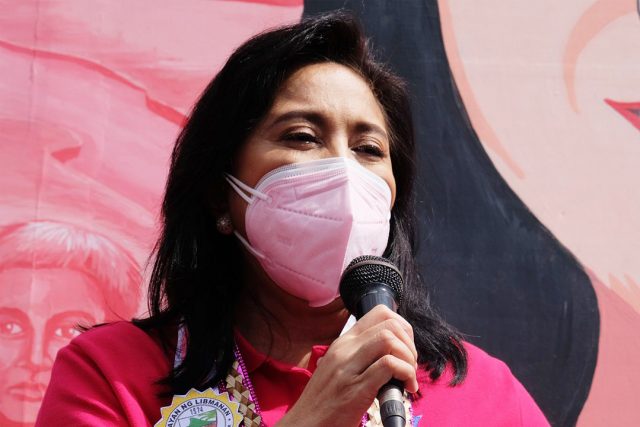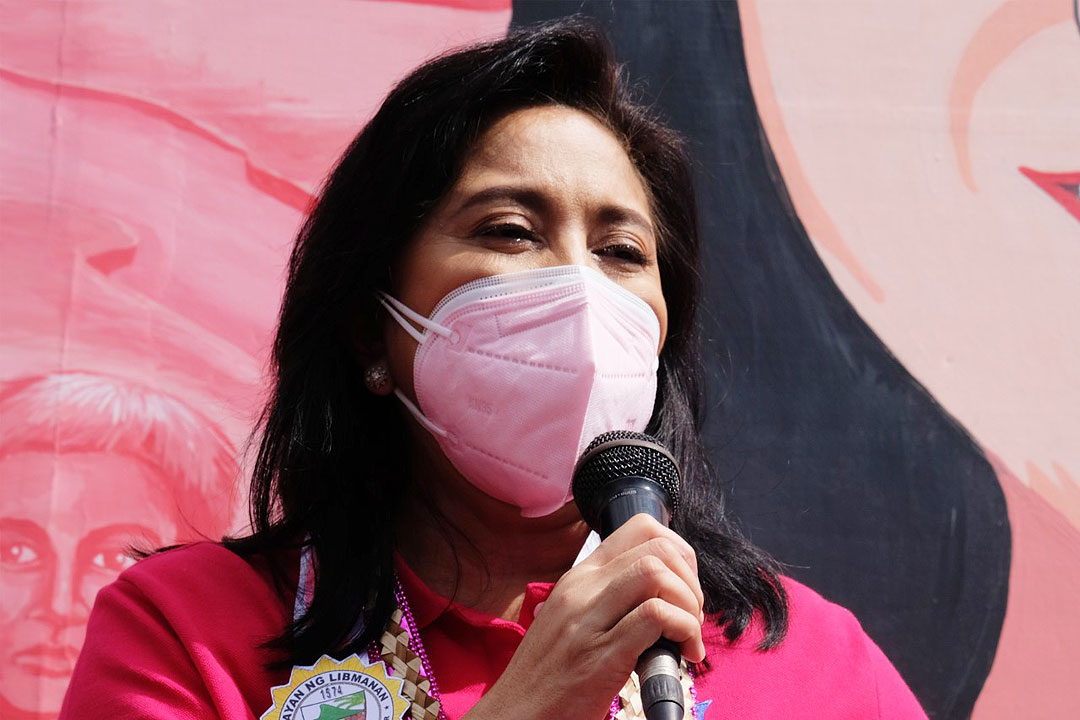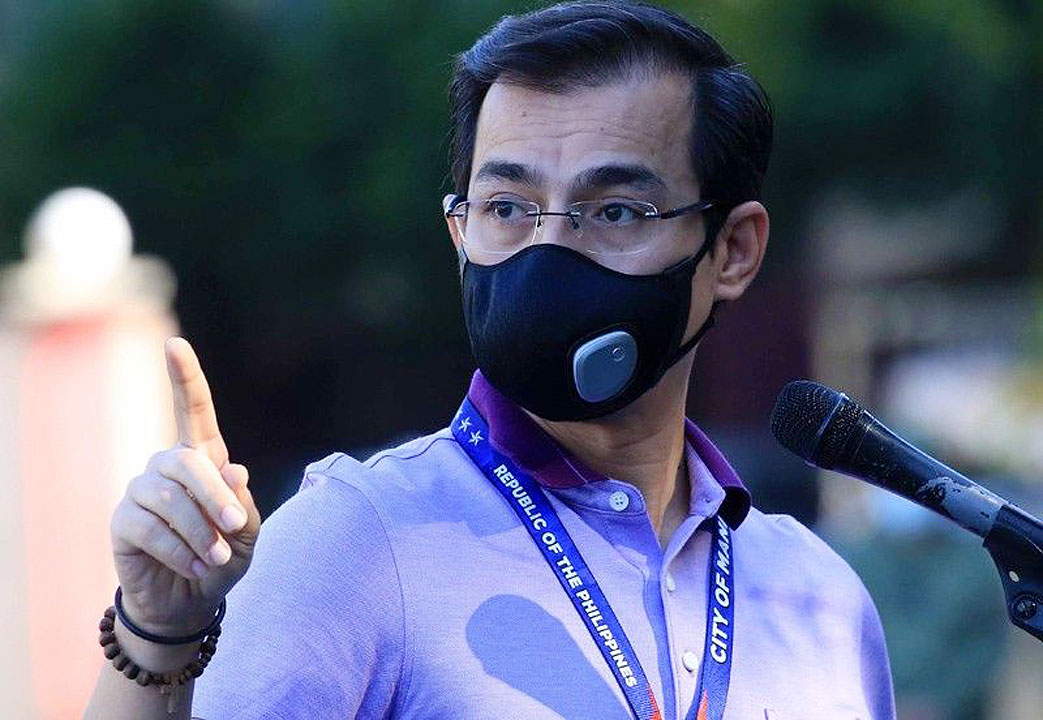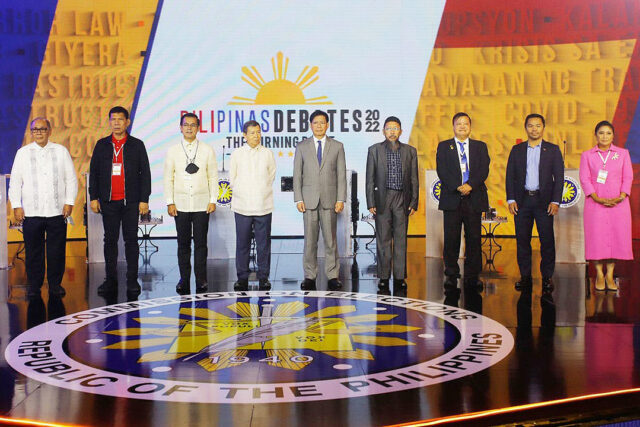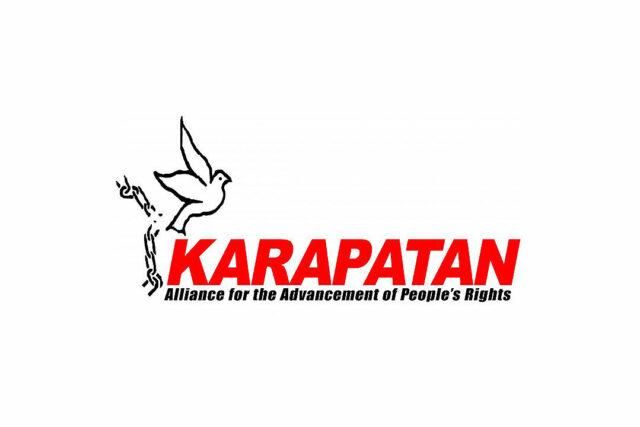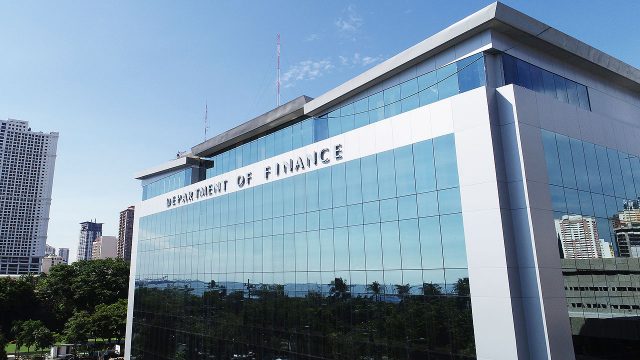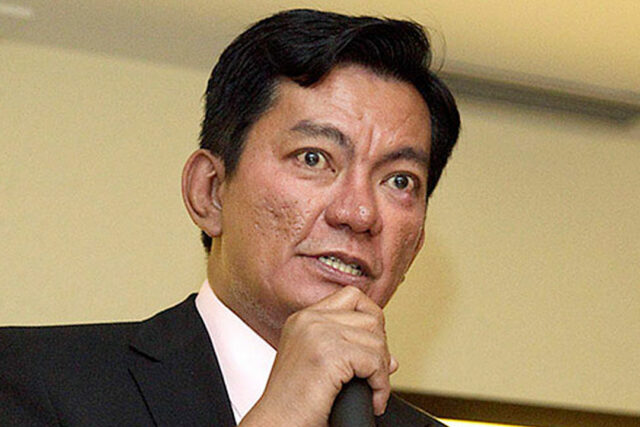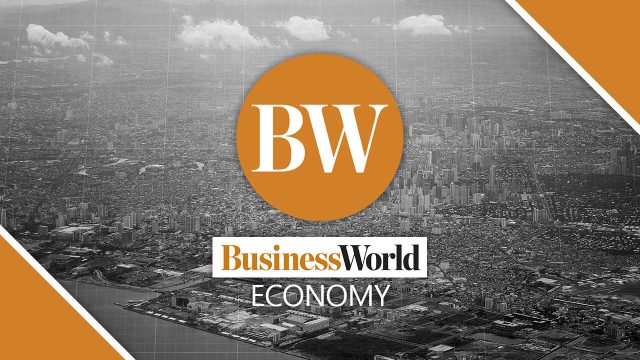Robredo steps up campaign; Isko poses as crisis manager
By Kyle Aristophere T. Atienza, Reporter
and Jaspearl Emerald G. Tan
VICE President Maria Leonor “Leni” G. Robredo’s camp started a house-to-house campaign at the weekend to swing the votes from undecided Filipinos exactly five weeks before the May 9 election.
She is a far second from Ferdinand “Bongbong” R. Marcos, Jr. — the son and namesake of the late dictator Ferdinand E. Marcos — in presidential opinion polls.
The house-to-house drive would have a greater impact than indirect campaigns that rely on village officials as intermediaries, said Dennis C. Coronacion, who heads the Political Science department of the University of Santo Tomas (UST).
“The Robredo camp is leaving no stone unturned to ensure the victory of the Leni-Kiko tandem and upend the survey results showing a possible victory for Bongbong Marcos and Sara Duterte,” he said in a text message.
Mr. Marcos is being supported by the biggest traditional political groups in the country, including the party headed by Philippine billionaire Manuel “Manny” B. Villar, Jr. and a PDP-Laban faction headed by President Rodrigo R. Duterte.
The endorsement came as ranking officials of mainstream political parties change their strategies at the last minute. Presidential candidate Senator Panfilo “Ping” M. Lacson has left Partido Reporma, which is now headed by a former administration ally, after it endorsed Ms. Robredo for president.
Reporma President Pantaleon D. Alvarez, a Duterte ally when he was House speaker, on Saturday said more members of his party and independent local candidates across the country had backed his endorsement of Ms. Robredo.
Ms. Robredo won by a hair against Mr. Marcos in the 2016 vice-presidential race. She will have to beat the late dictator’s son again, which some see as a rerun of the 1986 snap elections, when widow Corazon C. Aquino ran against the older Mr. Marcos. That year, a popular street uprising toppled the dictator’s regime and sent him and his family into self-exile in the United States.
The ground campaign should seek to broaden support for the opposition tandem in “key election battlegrounds like the National Capital Region and the 30 biggest provinces that constitute at least 73% of the voter population,” said Victor Andres C. Manhit, president of think tank Stratbase ADR Institute.
Ms. Robredo should get more support from the D and E socioeconomic classes, which include workers and the unemployed, and “get them out to vote come election day,” he said in a Facebook Messenger chat.
He said it would be easy for the vice-president to focus on the house-to-house campaign because volunteers had driven her political machinery.
Some party-list groups backed Ms. Robredo in January, vowing to deliver three million votes.
Political observers have said the endorsement from the House of Representatives Makabayan bloc, whose members Mr. Duterte has accused of being communists, would boost Ms. Robredo’s campaign given its wide community network.
The grassroots drive is a consolidation of the opposition camp’s campaign strategies, said Maria Ela L. Atienza, a political science professor from the University of the Philippines (UP).
“There is more effort now to coordinate and promote the face-to-face campaigns that started out as very decentralized and uncoordinated,” she said in a Viber message, citing the growing support from progressive and traditional politicians for the vice-president.
“April is a crucial time for the campaign based on the trends in previous elections,” Ms. Atienza said. “It is correct to combine many strategies and focus on the strengths of the very diverse set of volunteers and supporters of the Robredo campaign.”
Civic groups have intensified their campaign against Mr. Marcos, Ms. Robredo’s main rival, after the country’s tax agency disclosed that his family still owes the government billions of pesos in estate and income taxes.
The P23-billion estate tax had ballooned to P203.8 billion due to interests and penalties after the Marcos family refused to pay it, according to another rival political party, citing computations by retired Supreme Court Justice Antonio T. Carpio in a Sept. 30, 2021 column for the Philippine Daily Inquirer.
Meanwhile, Manila Mayor and presidential bet Francisco “Isko” M. Domagoso promoting himself as a crisis manager is not enough to sway undecided voters, political analysts said.
“Without disputing the claims of Mayor Isko as a credible crisis manager, I do not see this as moving the needle, so to speak, in his favor in terms of voter preference,” Michael Henry Ll. Yusingco, a senior research fellow at the Ateneo de Manila University Policy Center, said in an e-mail.
He said this might not resonate with other voters outside Manila since the capital had not experienced a major calamity under him.
“Voters in the National Capital Region might appreciate Mayor Isko’s claim as a credible crisis manager, precisely because of his actions during the coronavirus health crisis,” Mr. Yusingco said.
“But Mayor Isko was only one of many managing the health crisis and his responsibility covered only Manila,” he said.
Mr. Domagoso’s rags to riches story is “not exactly innovative,” said Hansley A. Juliano, a former political science professor studying at Nagoya University’s Graduate School of International Development in Japan.
“We’ve seen it with Joseph E. Estrada and Manuel B. Villar, Jr.,” he said in a Facebook Messenger chat, noting that both had tried to depict themselves as pro-poor because they were poor once.
Most of the policies of Mr. Domagoso, a former matinee idol who used to collect garbage as a boy in a Manila slum, tended to favor the middle class and not the masses, Mr. Juliano said.
Mr. Domagoso’s personal experiences and background are not enough to sway more voters since some of his successful rivals used to be poor like him, including Senator and boxing champion Emmanuel “Manny” D. Pacquiao, UP’s Ms. Atienza said.
“There are also so many outstanding mayors and other local chief executives in the Philippines who faced crises during their terms such as calamities and conflicts and succeeded,” she said in a Viber message.” Many local government officials were able to address the coronavirus pandemic with innovative and appropriate solutions.”
“Mayor Isko only served for a single term as mayor,” she said. “He could have done more for Manila if he ran again. It takes more than three years to institutionalize reforms and changes.”

